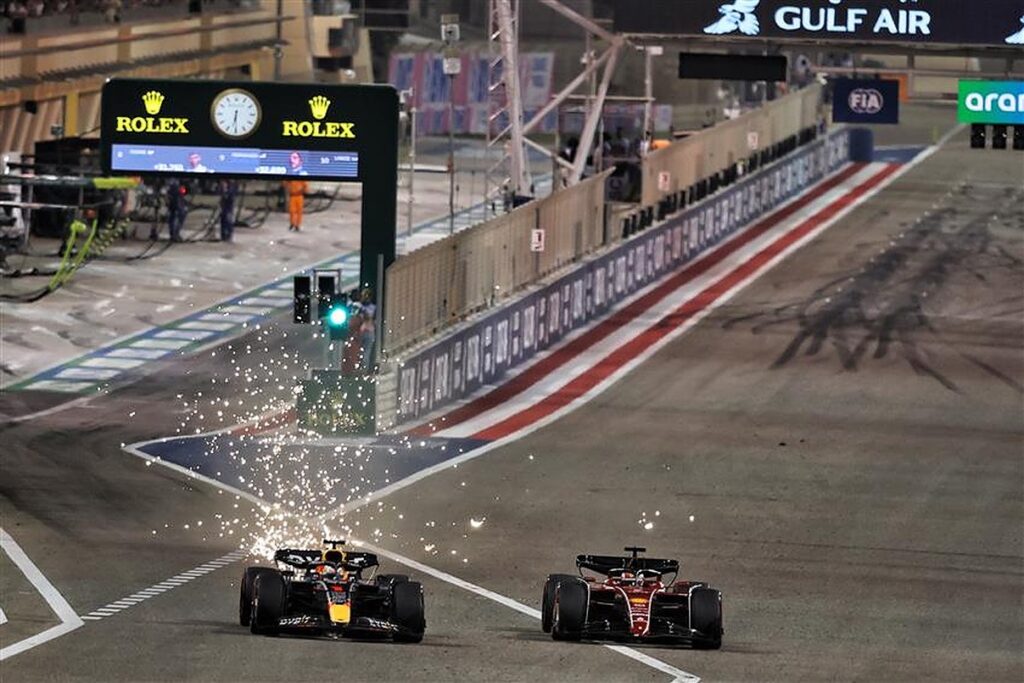Red Bull are said to have accidentally counteracted the “porpoising” issue that has been caused by the new technical regulations.
In sweeping changes to the cars, the downforce is now generated by aerodynamics underneath the car rather than on the chassis, and this is known as ground effect.
As a result, the rake design that the teams ran with before was all but abolished, and this has led to the floor of the cars hitting the track surface.
READ: Red Bull and Verstappen could pull away from Ferrari by shedding weight
It causes a nauseating level of bouncing off the asphalt, and we call this “porpoising” due to its resemblance of a porpoise oscillating between surfacing and submerging.
The teams can bring upgrades to help eradicate this, but they need to be sure that anything new they do bring to the car will work, as they are working on a $140 million budget this season, down by $5 million from last season.
Red Bull introduced upgrades to the sidepods and underbody where the aerodynamic magic now happens, and Auto Motor und Sport estimate that they found a meteoric seven tenths of a second as a result.
The German publication also indicated that some teams believe that Adrian Newey’s design was not specifically aimed at solving the bouncing problem, but they found their way out of it anyway.

As for weight, Dr Helmut Marko has previously affirmed that an upgrade will be arriving at this weekend’s Emilia Romagna Grand Prix in a bid to shed their excess, and they are thought to currently be sitting at around 813kg, 15kg over the limit.
“We are currently more than ten kilos heavier than Ferrari. In terms of lap time you are already talking about a loss of three tenths,” said the Red Bull adviser.
“The RB18 finished late, as we were in the title race right through to the end last year.
“Updates are coming for the upcoming race at Imola and the Grand Prix’s after. Hopefully we can get closer to Ferrari then.”
Could the resolution really have been an accident?
Probably not. It is true that trial and error has often been an effective tool for engineers to figure out if things work, but with such restrictions on the budget, there is only so much of that a designer can do.
Furthermore, as Mercedes have proven, “porpoising” is a highly convoluted problem, and the fix cannot simply involve raising the ride height of the car. There will have been a meticulous level of detail that went into Red Bull’s solving of the problem.
READ: Three teams ask FIA to investigate legality of Haas car amid scrutiny over Ferrari links
Then you have to consider Adrian Newey. His genius designs have inspired nine Constructors’ Championships with a combination of Williams, McLaren and Red Bull, while a large portion of Max Verstappen’s title success last year is owed to the Briton’s incredible mind.
Newey has left an indelible mark on the pinnacle of motorsport, pioneering some of the most stunning and talismanic chassis designs Formula 1 has ever seen, so it is incredibly difficult to believe that someone like him could accidentally stumble across a rectification that nobody else has yet been able to.

